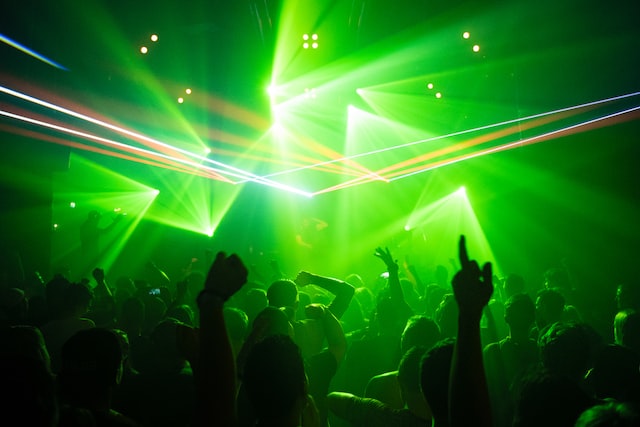Historically, nightclubs have existed in some form or another for centuries. A number of different factors have shaped them, but they have a particular significance to society. These nights have helped to shape the times and to define the way people experience the world. They are spaces where people can share new and exciting things.
They also provide a safe space for people to express themselves. These clubs have also been critical cultural venues forming the roots of what are now the best clubs in Edinburgh and beyond.

Nightclubs have played a large part in the history of American culture. In the early 20th century, these spaces primarily reflected the times. Often, they were places where people could go and dance to their favourite songs. These nightclubs also promoted live music and other small-stage performers. They also helped to foster integration. They were not only a reflection of the times but also a statement of style and sensibility.
1950s
Clubs provided a social outlet for teenagers. In the early 1950s, clubs specialized in rock and roll, blues, rhythm and blues and bebop. Many 1950s clubs promoted various nights based on specific musical themes. Some clubs also announced midweek student nights. Students would typically go to these nights in small groups. Some clubs announced nights that mixed live acts with rock music.
1970s
The 1970s saw a rise in discos. They became popular amongst many people providing a form of entertainment that was both accessible and affordable. These clubs also introduced new dance styles. These clubs were also home to music that was less subtle than 1950s music. The popularity of DJs also became a factor in the history of nightclubs.
1980s
In the 1980s, DJs began to take over the reins of nightclubs, and the popularity of DJs and electronic music in nightclubs started to grow. Many lounges still incorporate electronic music today. Some clubs even have coloured lights.
The 1980s and 1990s were also a time of growth for club brands. Some of the earliest mega-brands included the Ministry of Sound, Gatecrasher, Cream. They spawned branches all over the UK and across the world.
In the 1990s, electronic music became popular. These clubs were also crucial in the history of nightclubs, as they played a significant role in defining the culture of the ’90s. In addition, they were places where people could re-imagine the culture of the past. In many ways, nightclubs were a way of reckoning with the fractured memory politics of a shrinking city. In addition to this, they often incorporated more prominent acts.
The 1990s also saw a revival of interest in older forms of popular music. The popularity of dance records also boomed. In addition, the 1990s saw a rise in specialist music nights. Some clubs also promoted nights based on punk and indie/alternative music.
Cultural Impact
From the worst clubs in London to the best clubs in Edinburgh, night clubs have similar roots in culture. Nightclubs have played a role in the history of gay culture providing a safe haven to express debauchery. These clubs helped to foster integration by providing a place for people to socialize leading to the formation of unique events. Clubs later rose in popularity and became a popular venue for interracial contests.
They also promoted magic shows and burlesque dance routines. Unfortunately, the clubs also offered illegal alcohol sales.


